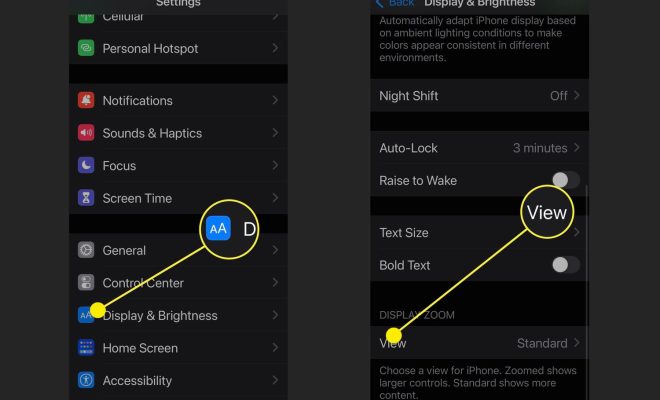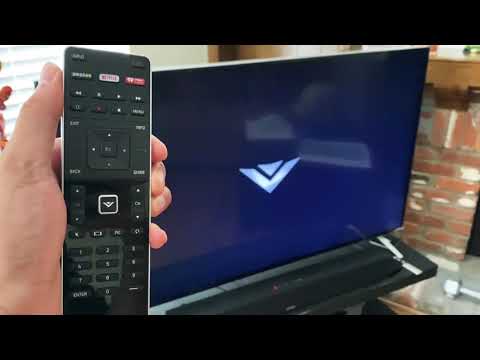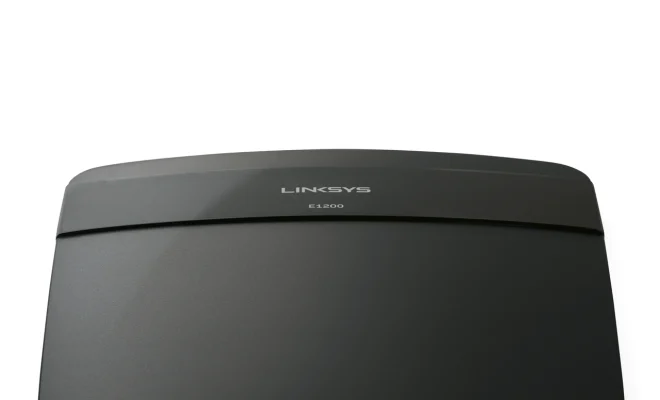What Are the Different eBike Classes?

Electric bikes, or eBikes, have become increasingly popular over the past few years. They are equipped with an electric motor that helps propel the bike, making it easier and more efficient to ride. However, not all eBikes are created equal. In fact, there are different eBike classes, each with its own set of regulations and restrictions.
Class 1 eBikes
Class 1 eBikes are the most common type of eBikes and are allowed on most bike paths, trails, and roads. These eBikes are equipped with a pedal-assist system that helps the rider pedal, but only up to a speed of 20 mph. This means that the motor will not continue assist the rider once they reach the speed limit. The rider still has to pedal to maintain their speed, so these are often the most economical e-bikes in terms of battery usage.
Class 2 eBikes
Class 2 eBikes are also equipped with a motor that helps the rider to pedal. However, unlike Class 1 eBikes, Class 2 eBikes can operate at a speed of up to 20 mph even without pedaling. This means that the motor will continue to provide assistance once the speed limit is reached without requiring any effort from the rider.
Class 3 eBikes
Class 3 eBikes are similar to Class 1 eBikes but can reach a top speed of 28 mph. These eBikes are equipped with a pedal-assist system but the assistance can continue even when the rider is traveling faster than 20 mph. Class 3 eBikes are not allowed on bike paths or trails in some areas due to their higher speeds.
Speed Pedelec
Speed Pedelecs are classified as electric bicycles but are allowed to go up to 45 km/h or 28mph. These eBikes often look more like a moped, and are subject to bike helmet and/or motorcycle helmet depending on what state you are in. They are also required to have lighting that is more consistent with that of a motor vehicle.
Electric Mountain Bikes
Electric mountain bikes (eMTBs) are another popular form of eBikes that are designed for off-road use. These eBikes often are Class 1 or 3, providing pedal assistance to conquer difficult terrain on trails and up hills. Class 2 eMTBs are not as typical since that type of assistance can be detrimental to the rider’s control in technical terrain. They tend to have a more robust frame geometry compared to a typical road bike, with wider tires and suspension.






